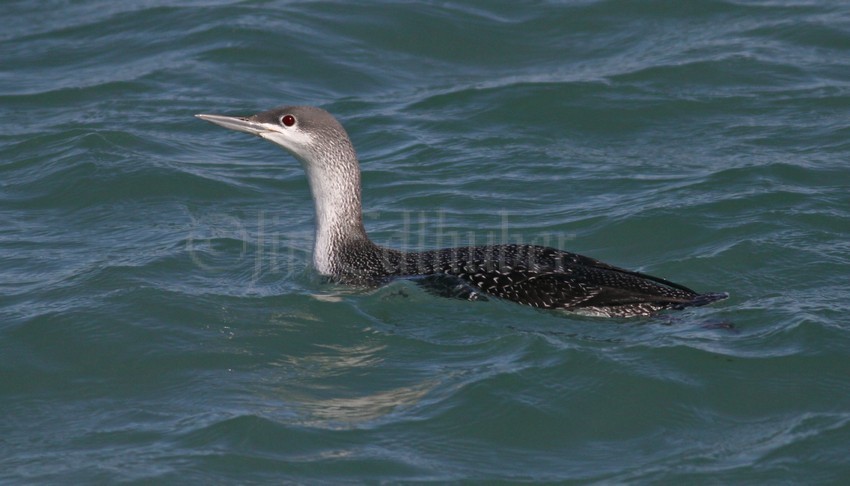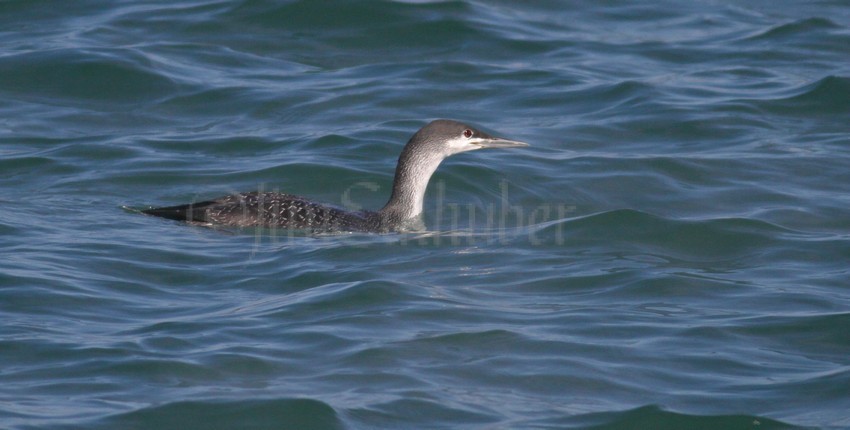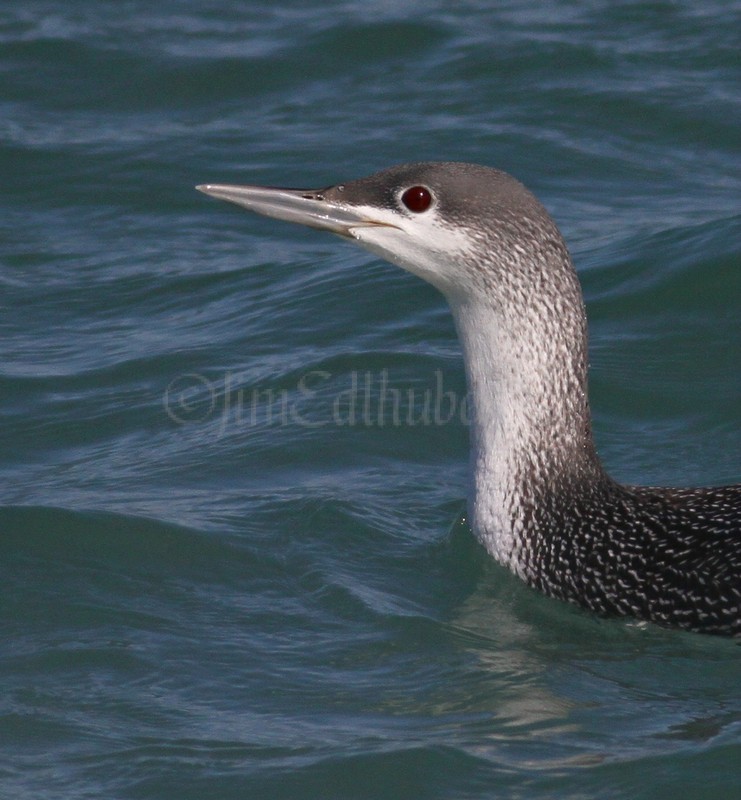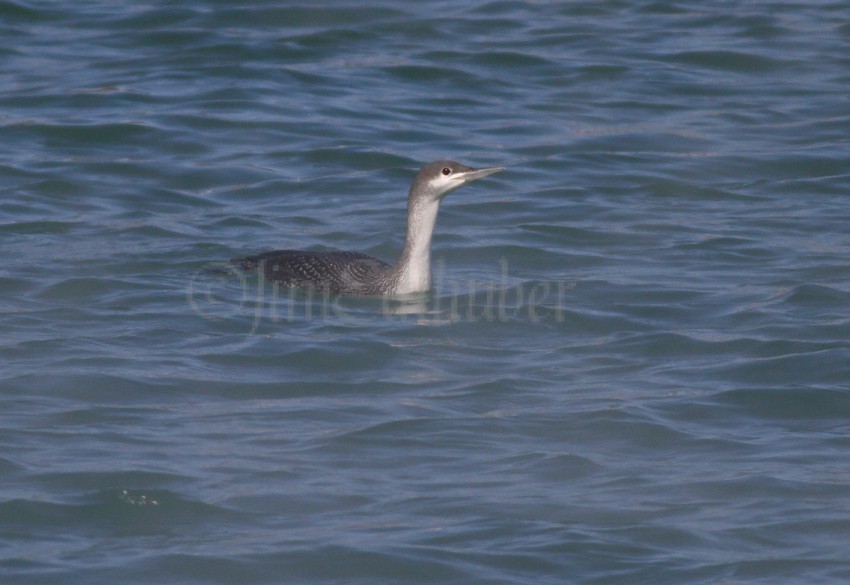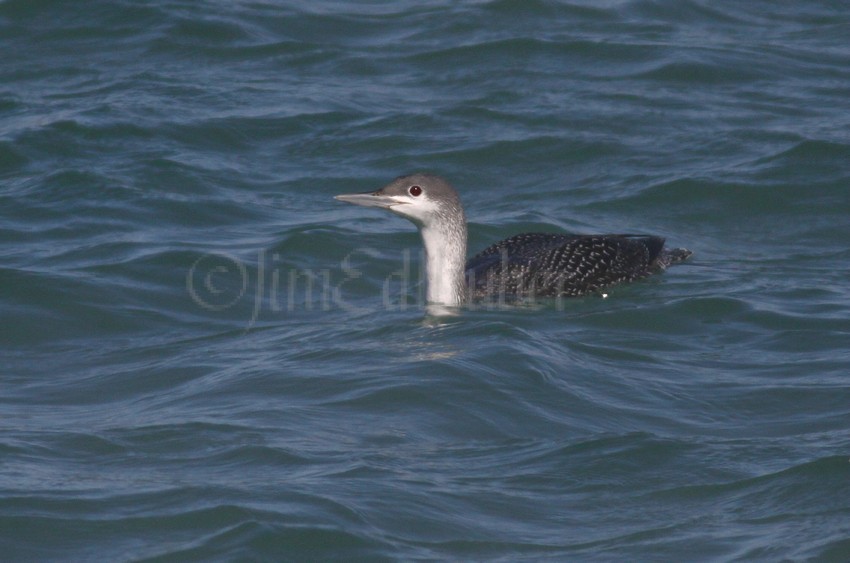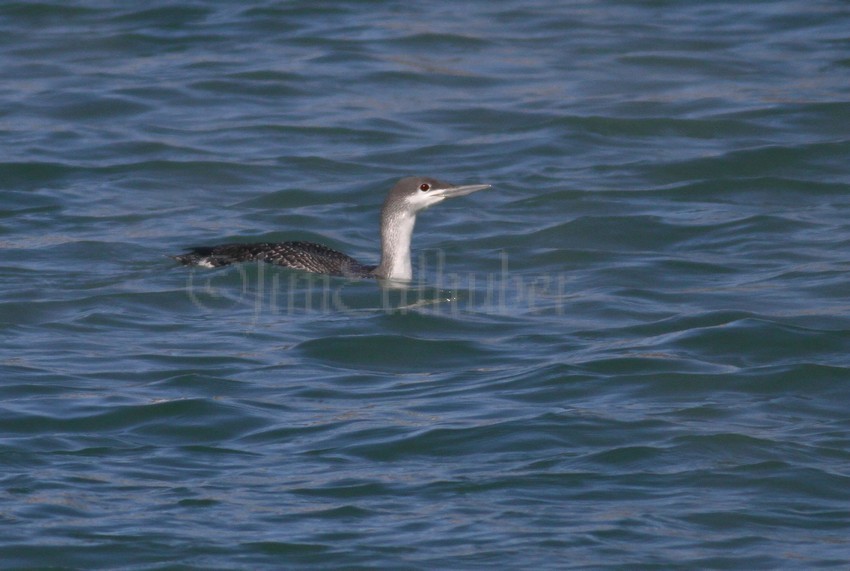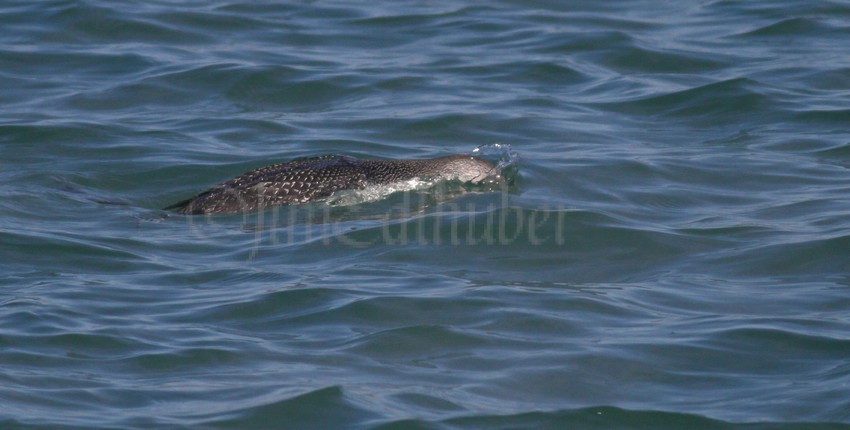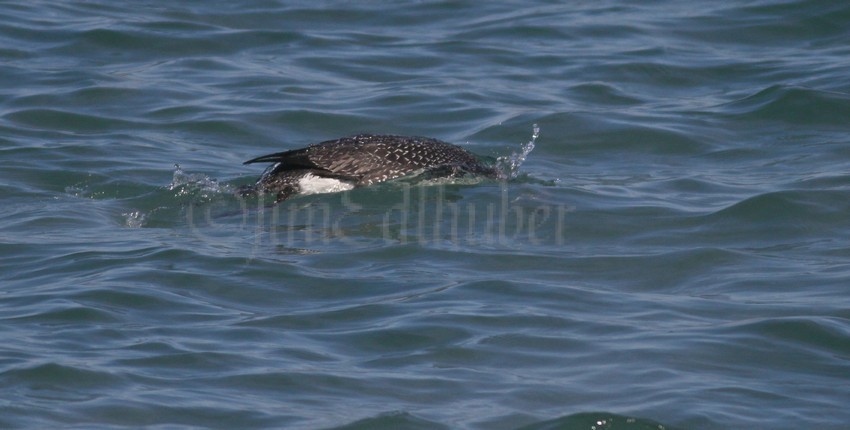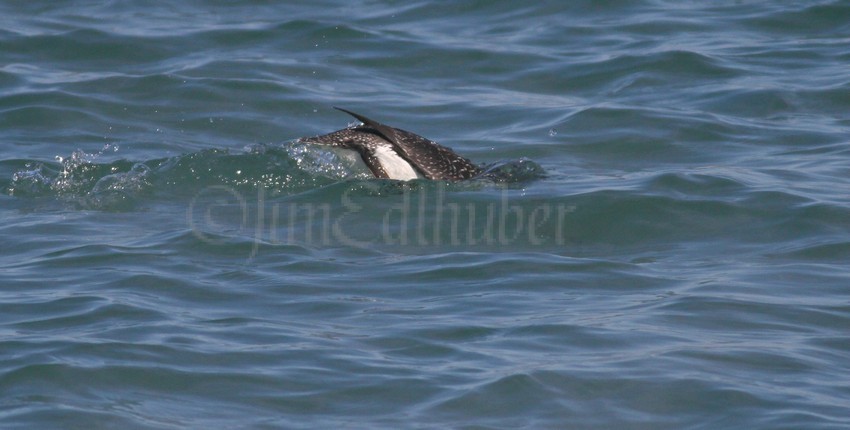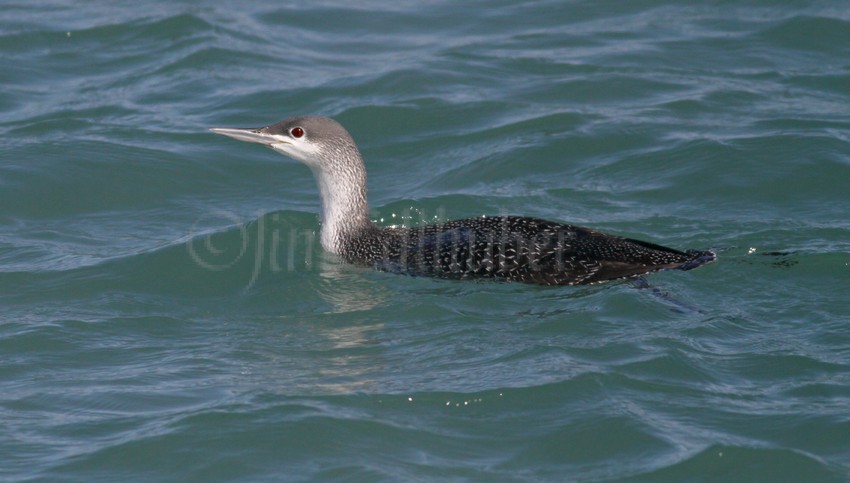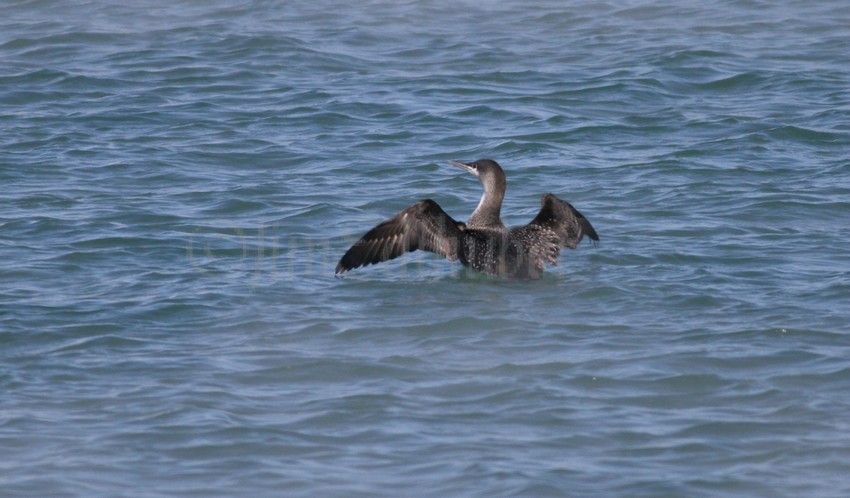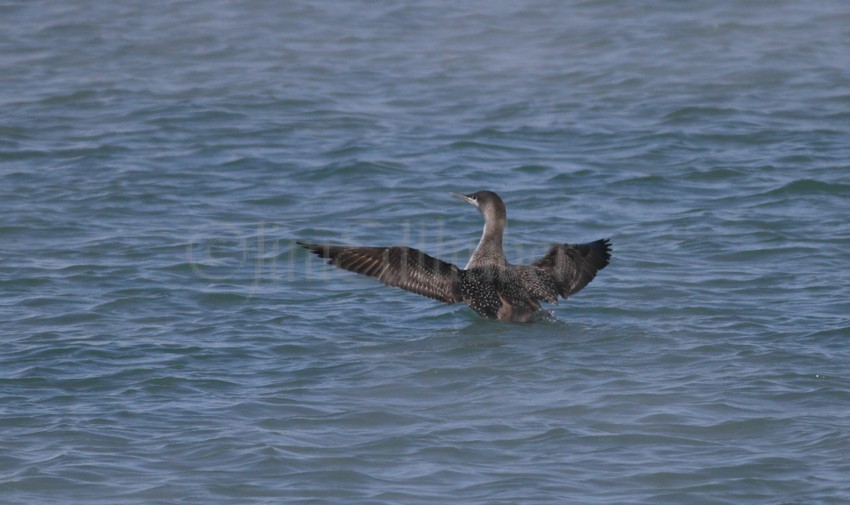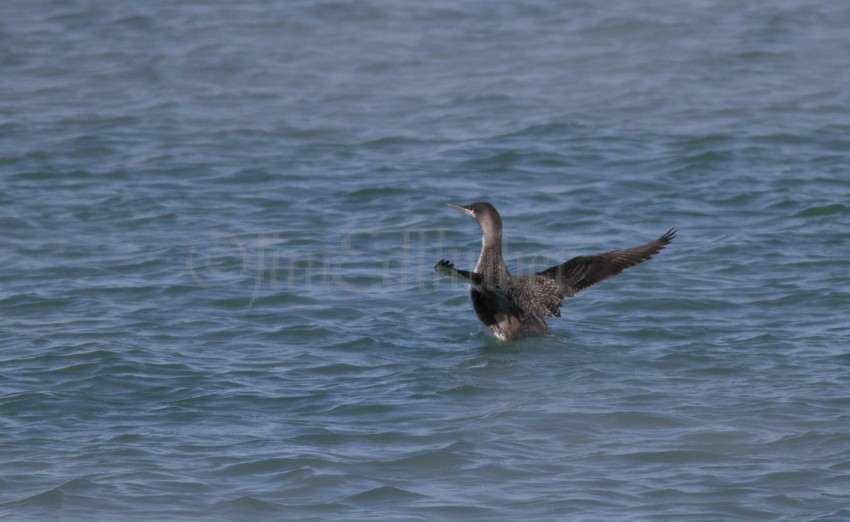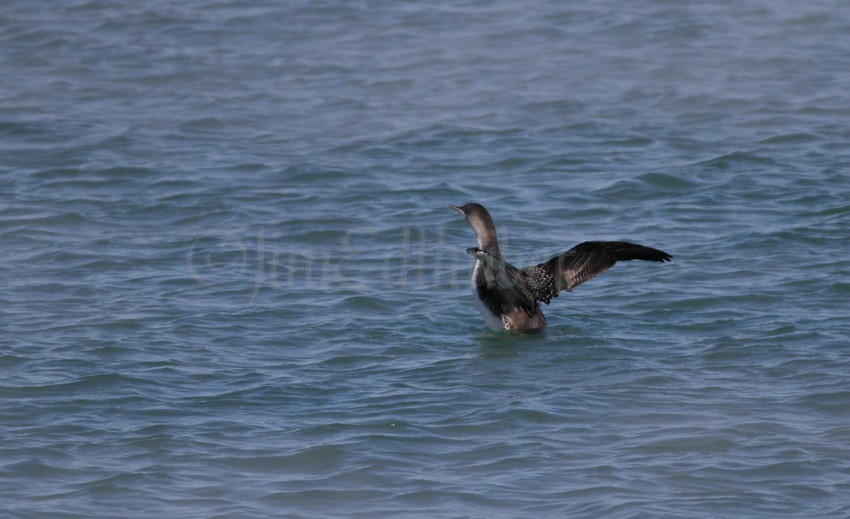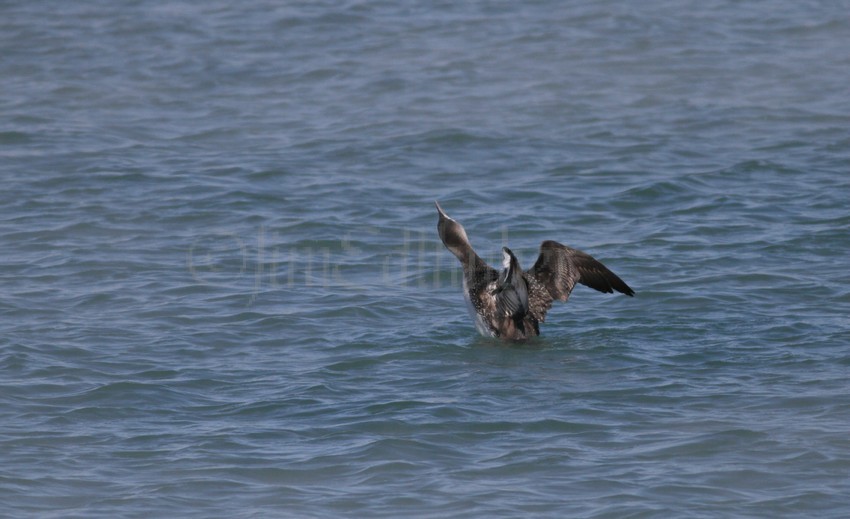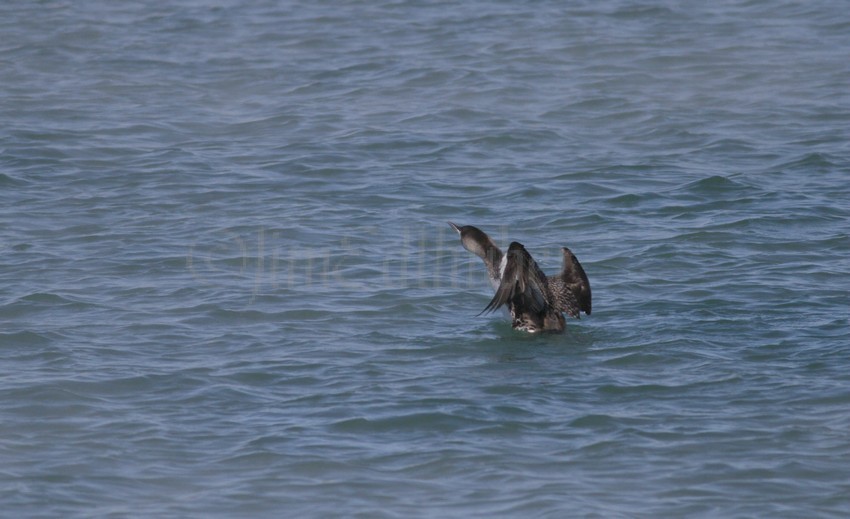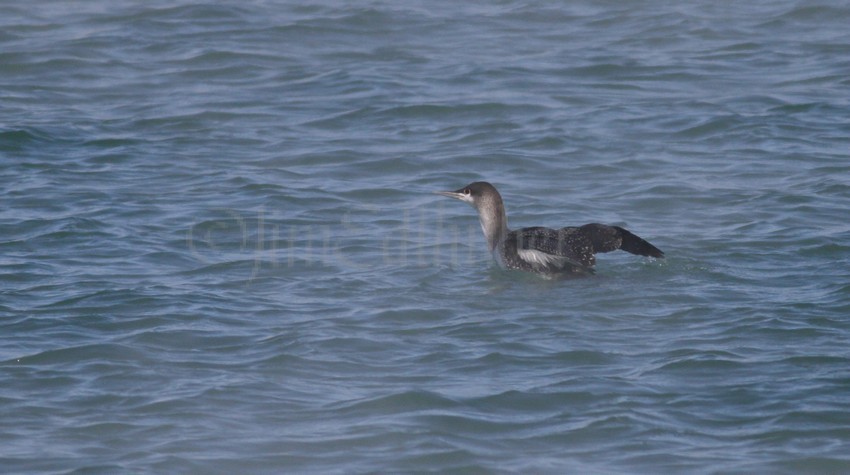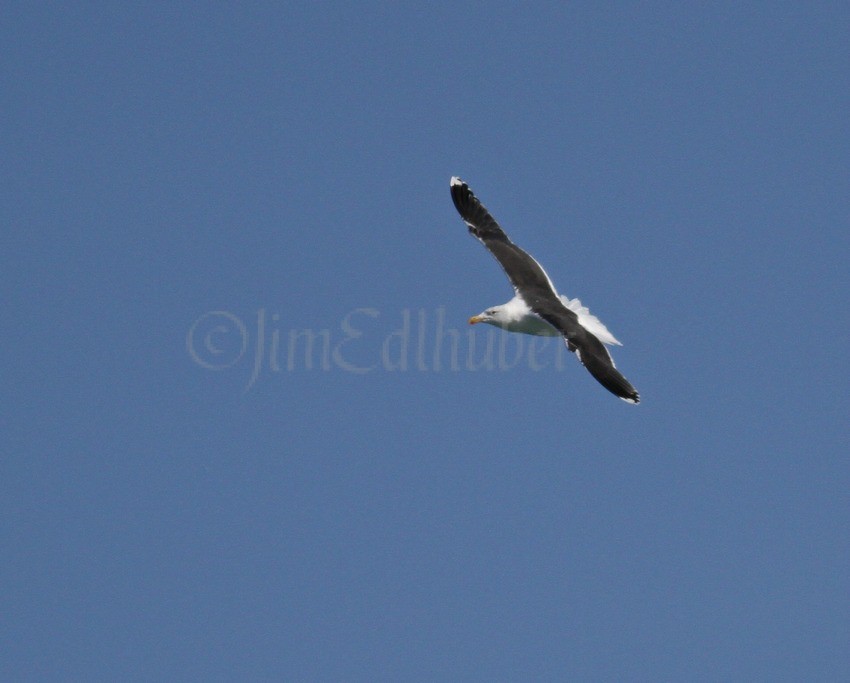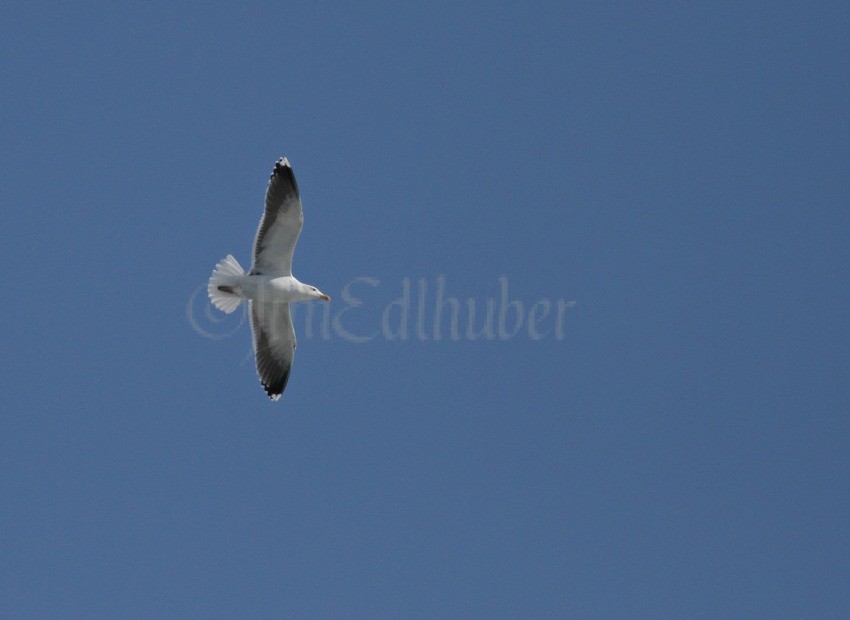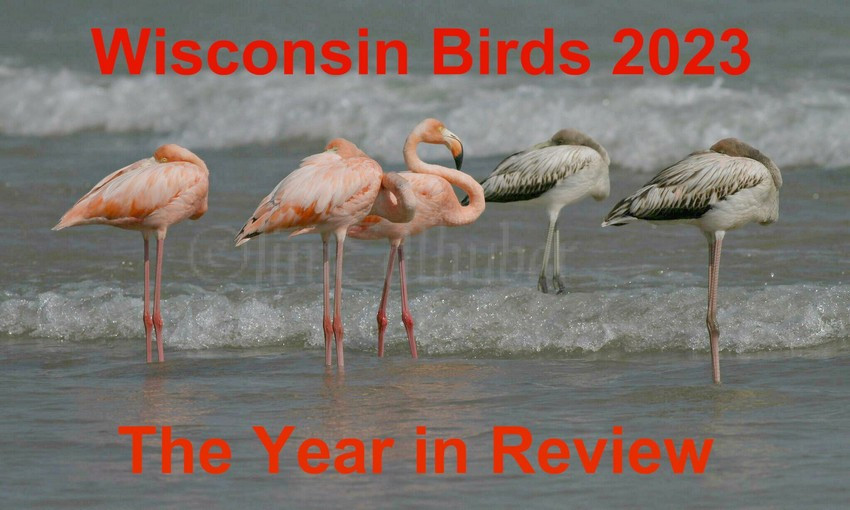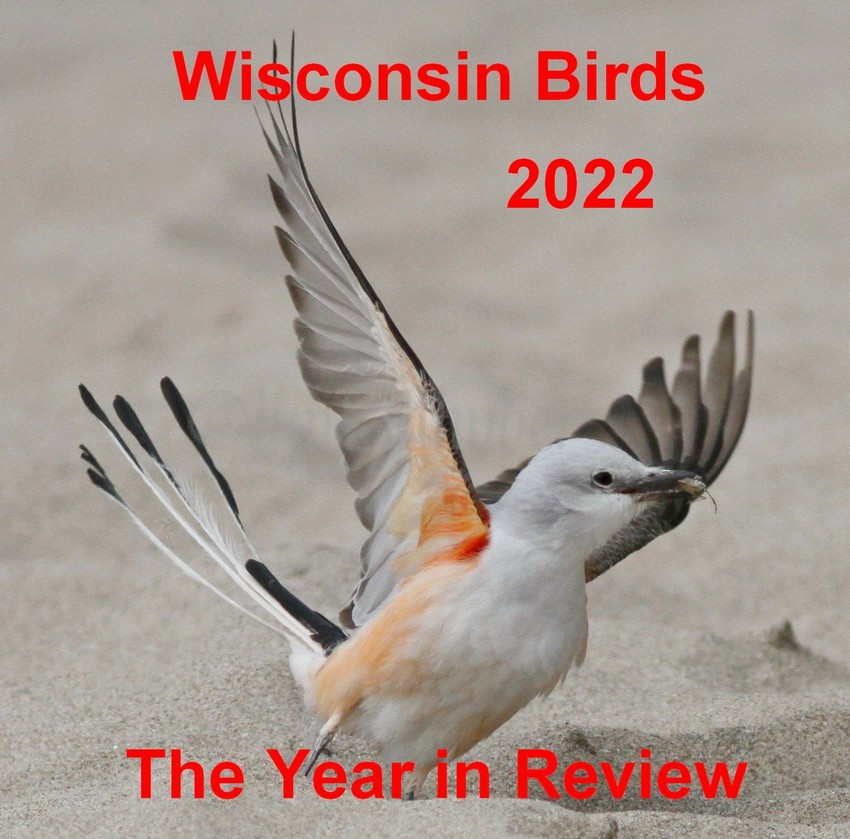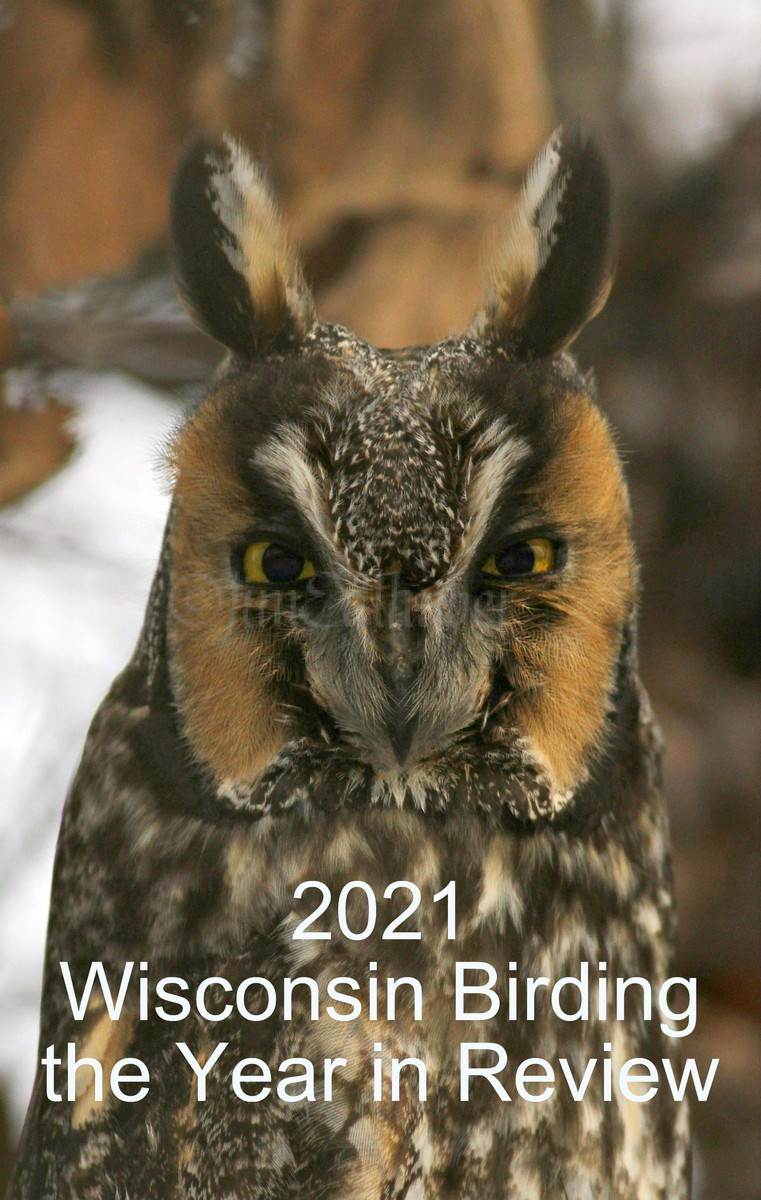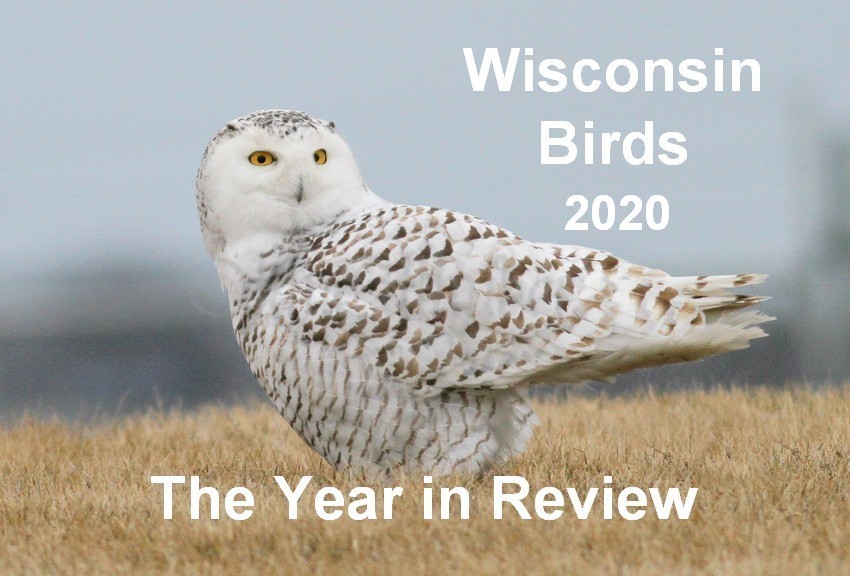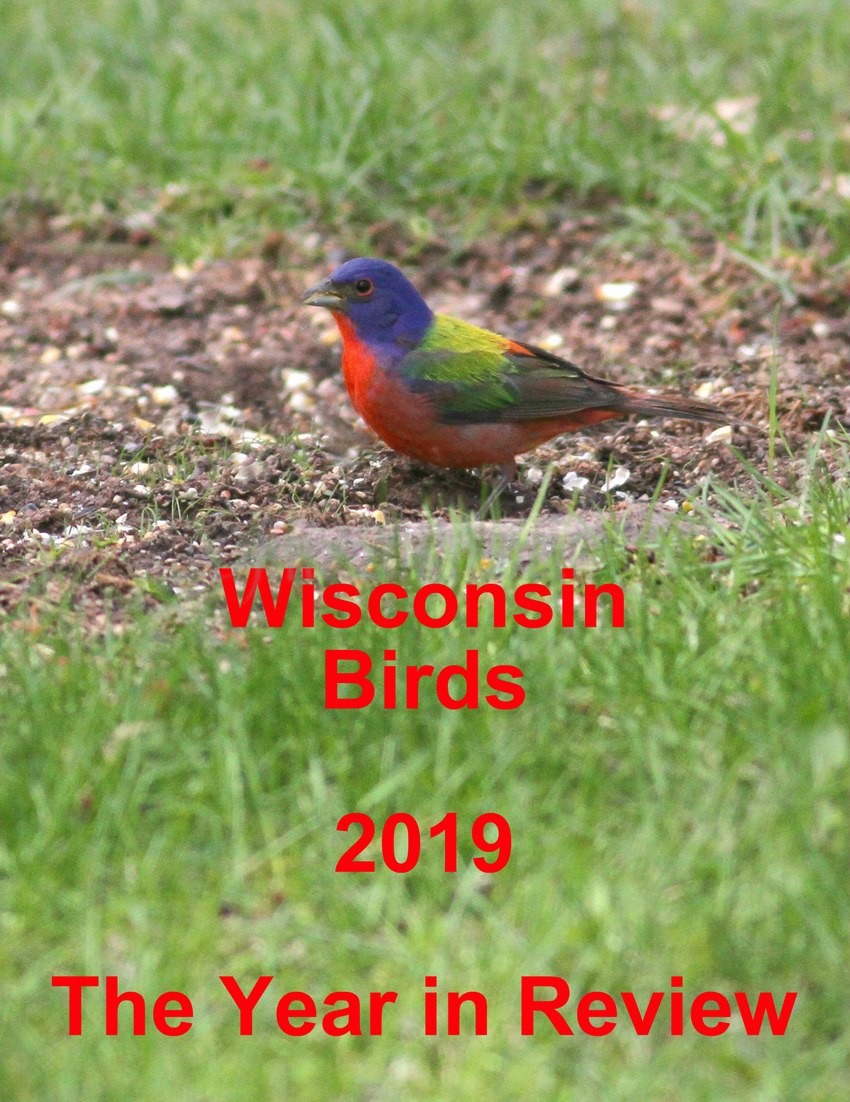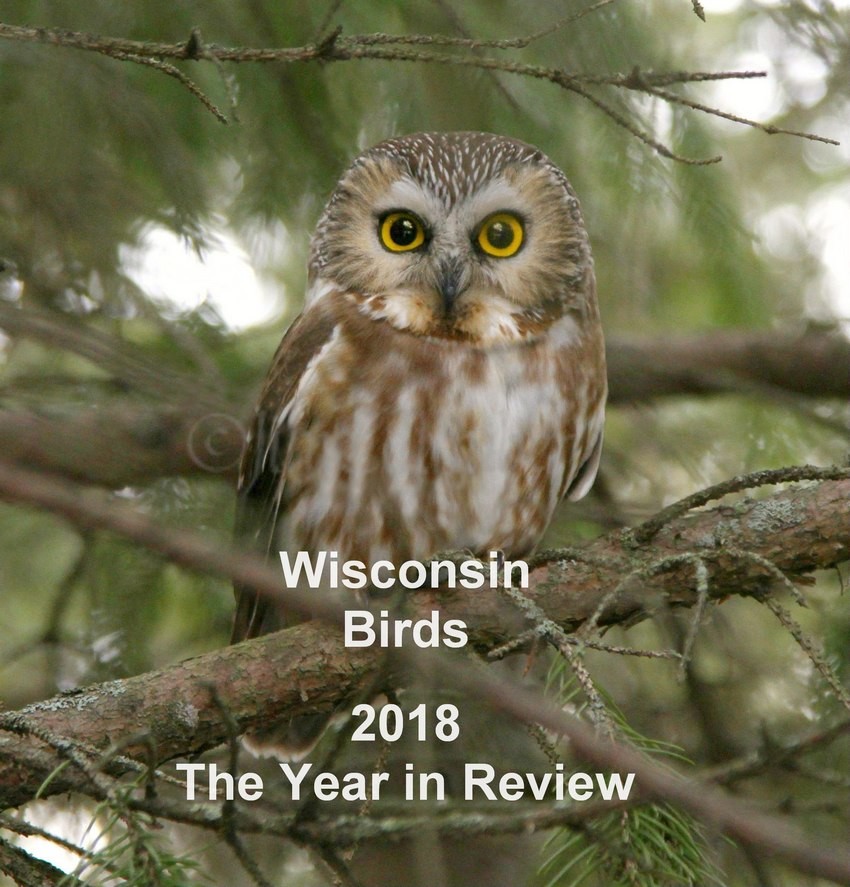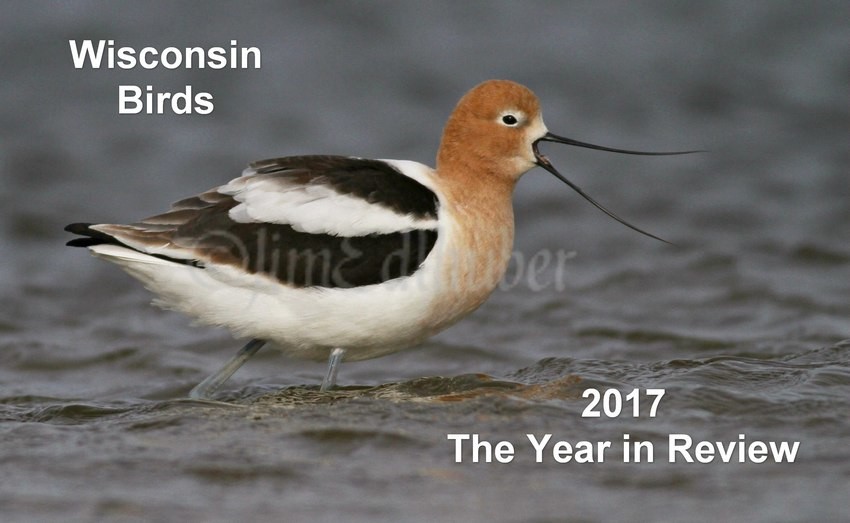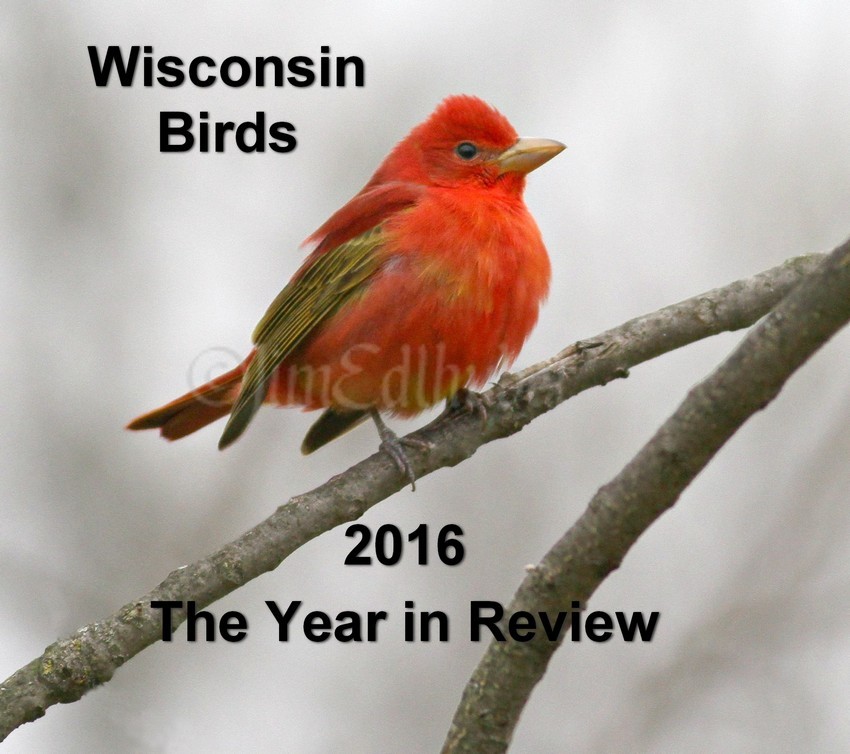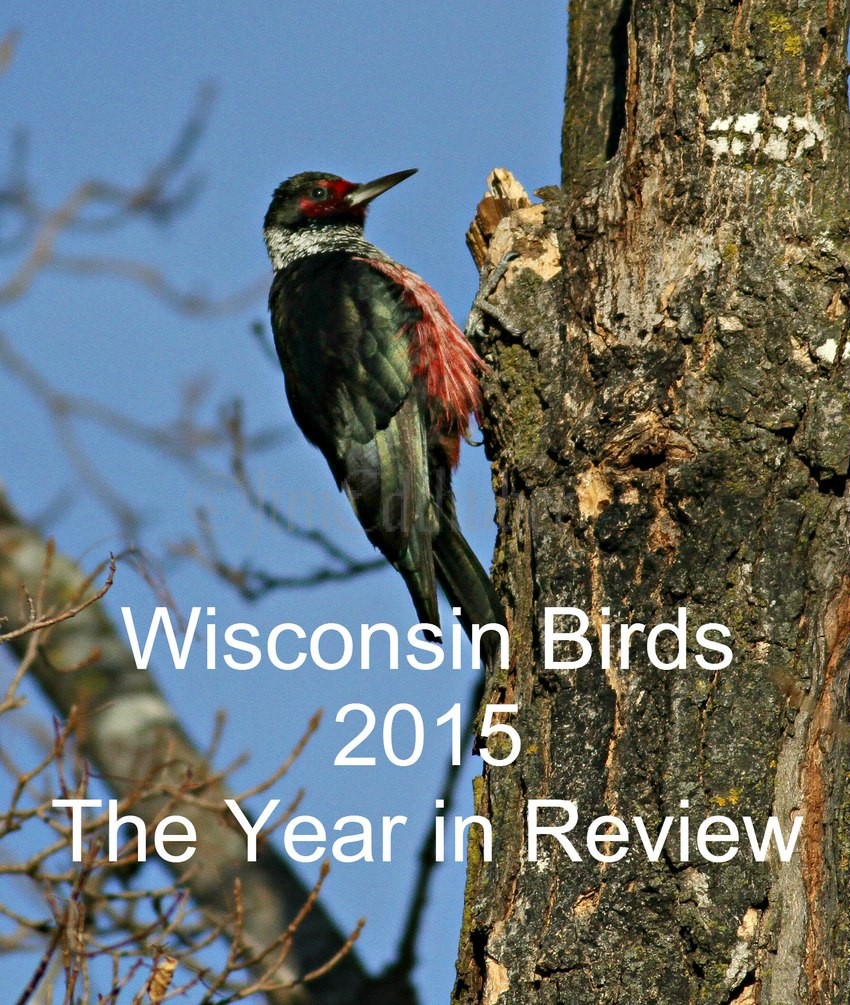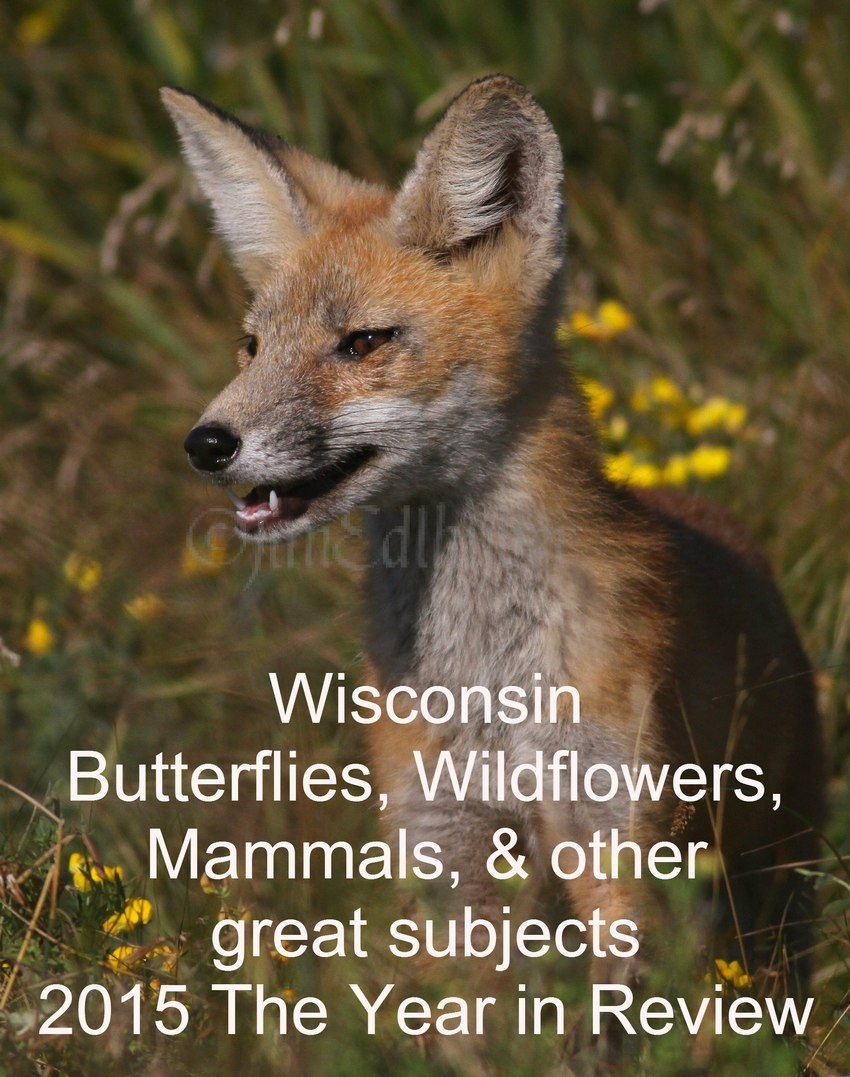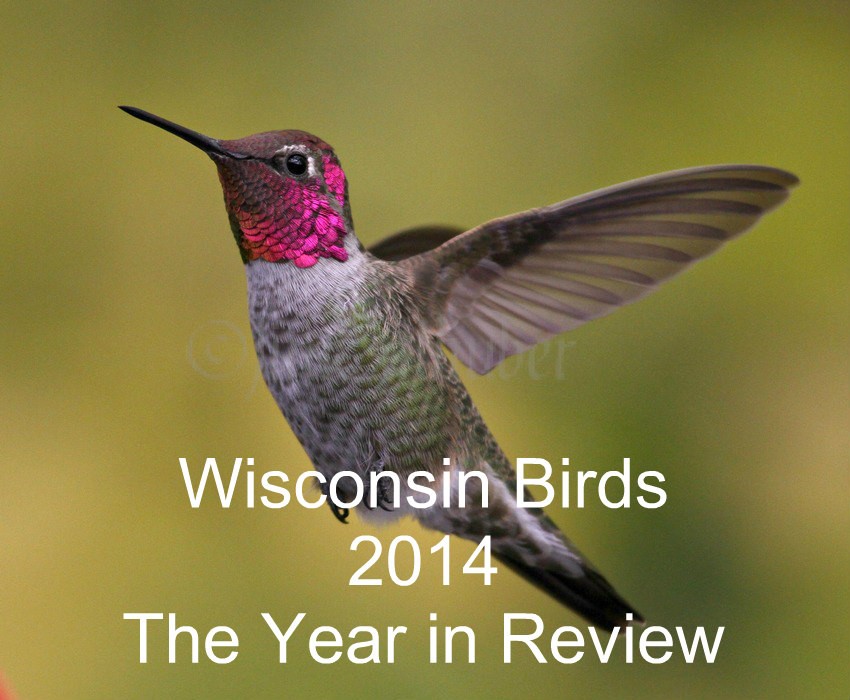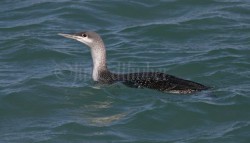
I went up to Port Washington this morning to see if the reported Red-throated Loons were present. I stopped at Coal Dock Park first. After getting out of my car, I spotted a known birder coming back from the end of the walk on the east end. He looked frozen solid. I asked him briefly about the loons, and he pointed right to where they were pretty far out, but inside the breakwall, thank you! There were 10 present. He said there were up to 11 at once there. He also said the loons had been there 13 days now. The Red-throated Loons stayed in that area for the time I was there today, except for one that came in towards the channel. That loon did not really come in all that close but it provided for some better views. The loon that came in seemed to spend most of it’s time underwater. It usually was only on the water surface for ~5-10 seconds. The loon usually surfaced a long distance from where it went under so you just had to look everywhere for it to see it come back up. Other species present were species that had been recently reported by other birders. It was a very cold day at about 5-10 degrees with good winds out of the northwest, but well worth seeing these beautiful birds. Thanks to all who kept reports coming on these birds so others can view them as they are not very common here. Some of the images look a little foggy as fog was rolling across the harbor water while I was there today. Images were taken on February 26, 2015.
Red-throated Loon
Binomial name: Gavia stellata
Category: Loons
Description: Dark gray feathers with a white throat and underparts, small black and white strips on the back of its neck. In breeding season, the throat turns red, thus the name. Small bill which fluctuates between black and dark gray.
Size: 21” – 27” long, 36” – 47” wingspan
Weight: 2.2 lbs. – 6.0 lbs.
Habitat: Large lakes, coastal shorelines, inland rivers, and reservoirs.
Diet: Primarily fish, occasionally crustaceans, frogs, and aquatic invertebrates, rarely plants
Nesting: Both parents build the nest out of a mudscrape lined with plant material and some feathers. The male will stand guard while the female incubates the eggs (2 eggs per clutch). Both parents feed and raise the young and participate in distraction displays to lure predators away from the nest. Mating pairs will breed for life.
Notes: Unlike other loon species which must take flight by running on the surface of water, the Red-throated Loon can fly directly from land or water. It also does not carry its young on its back.

